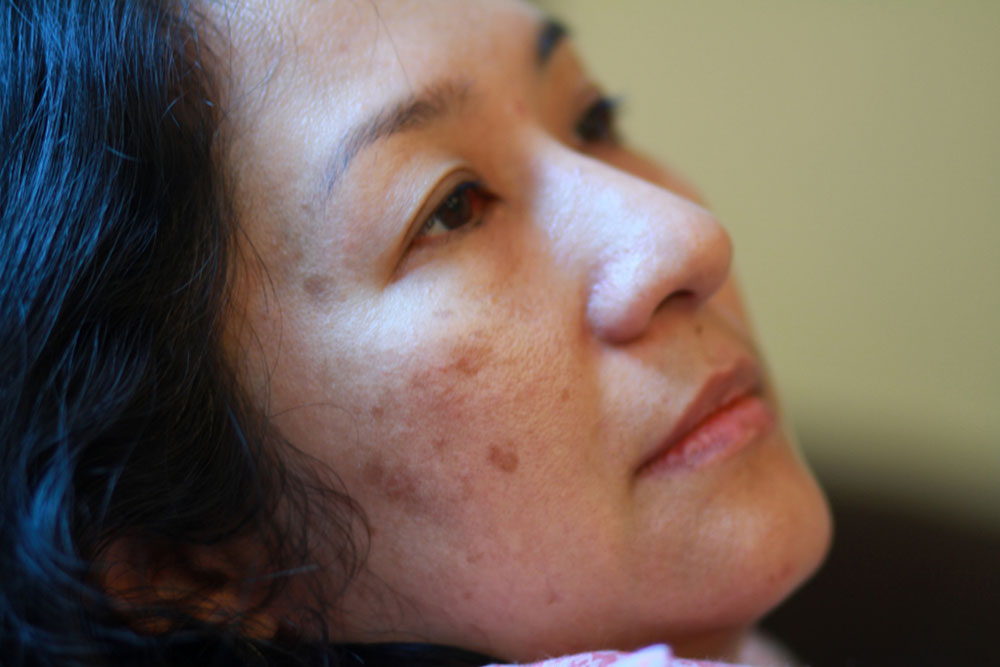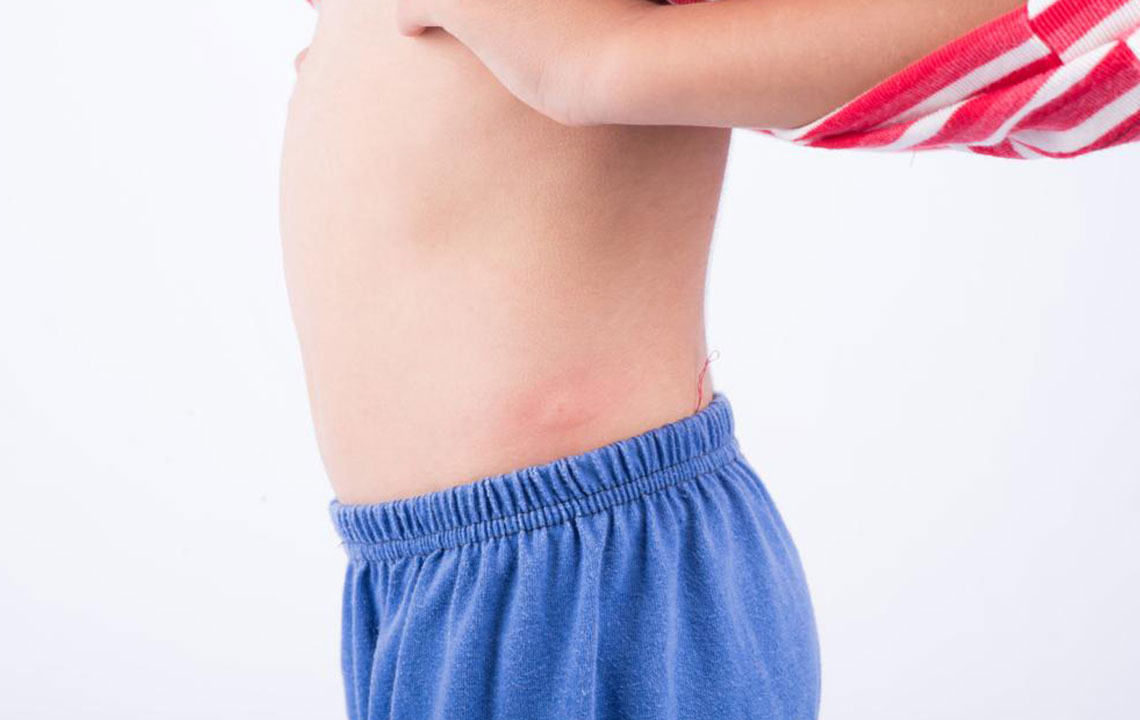Comprehensive Guide to the Top 10 Skin Conditions and Effective Treatment Methods
This extensive guide covers the top 10 common skin conditions, from acne to psoriasis, offering detailed information on their causes, symptoms, and proven treatment options. Learn how to recognize these skin issues early and adopt effective remedies for healthier, clearer skin. Proper skin care routines, protective measures, and professional advice are emphasized for skin health maintenance.

Understanding the Top 10 Common Skin Conditions and Their Treatments
Our skin functions as the body's primary shield, protecting us from environmental toxins, harmful UV radiation, microbial invasions, and physical injuries. Given its exposure to numerous external elements and internal biological processes, skin health can often be compromised, leading to various conditions characterized by changes in texture, color, and overall appearance. Recognizing these skin issues early and understanding their respective treatment options is crucial for maintaining healthy, radiant skin. This comprehensive guide delves into the ten most common skin conditions affecting millions worldwide, offering insights into their causes, symptoms, and effective remedies to help you manage and prevent these problems properly.
Acne: Acne remains one of the most prevalent skin issues affecting teenagers and adults alike. Various factors contribute to the development of acne, including excess sebum production, clogged pores, bacteria, hormonal fluctuations, stress, and diet. External triggers such as humidity, sweating, and use of certain medications or steroids can exacerbate breakouts. Over-washing or harsh scrubbing of the skin can also irritate and worsen acne. Professional dermatological consultation is recommended for persistent or severe cases, where personalized treatment plans including topical retinoids, antibiotics, or hormonal therapy may be prescribed. For minor cases, natural remedies like tea tree oil, aloe vera, or salicylic acid-based products can provide relief and reduce inflammation.
Razor Burns and Skin Irritation: Shaving is a routine grooming activity that can lead to skin irritation, razor burns, redness, and sometimes blistering or rashes. Men especially experience razor burns commonly in the beard area, but women can also experience irritation on legs, underarms, or bikini lines. Proper shaving techniques are essential — using a sharp, clean razor, shaving in the direction of hair growth, and applying warm water before shaving can minimize trauma. Post-shaving, applying soothing gels containing aloe vera, witch hazel, or hydrocortisone can help calm inflamed skin and promote healing. Moisturizing regularly and avoiding tight clothing over shaved areas can further prevent irritation.
Sun Damage: Ultraviolet (UV) rays from the sun can cause immediate and long-term damage to the skin, including painful sunburns, premature aging, dark spots, and increased risk of skin cancer. Protecting your skin involves using broad-spectrum sunscreens with SPF 30 or higher, reapplying every two hours, especially during peak sunlight hours. Wearing protective clothing like wide-brimmed hats, sunglasses, and UPF-rated fabrics enhances defense against UV exposure. Avoid tanning beds and minimize direct sun exposure during midday hours. For already sun-damaged skin, topical treatments containing antioxidants such as vitamin E, niacinamide, or retinoids can aid in skin repair and renewal. Regular skin check-ups are advised for early detection of suspicious moles or skin changes.
Rosacea: This chronic, often hereditary condition primarily affects the facial skin, leading to persistent redness, visible blood vessels, and sometimes bumps or pimples. Flare-ups can be triggered by hot weather, spicy foods, alcohol, stress, or certain skincare products. Managing rosacea involves gentle skincare routines, avoiding known triggers, and using prescribed medications such as topical antibiotics, azelaic acid, or oral tetracyclines. Skincare products should be free from alcohol, fragrances, and irritating agents. In addition, laser therapy may be recommended for reducing visible blood vessels, and consulting a dermatologist for a tailored treatment plan is crucial for controlling symptoms.
Eczema: Often characterized by intense itching, redness, and inflammation, eczema is a chronic inflammatory skin condition that can affect people of all ages. It can be triggered by allergens, irritants, stress, hormonal changes, or dry skin. Management of eczema involves regular use of moisturizers to restore skin barrier function, topical corticosteroids to reduce inflammation, and avoiding triggers. For some patients, alternative therapies like acupuncture, phototherapy, or using natural emollients may provide additional relief. It’s essential to seek medical advice to develop an effective skin care routine and prevent flare-ups that can lead to infections or scarring.
Fungal Infections (Athlete's Foot and Others): Fungal skin infections, including athlete’s foot, fungal nail infections, and ringworm, are common, especially among active individuals who sweat heavily. These infections thrive in warm, moist environments and can be transmitted via direct contact or contaminated surfaces. Treatment typically involves antifungal creams, powders, or oral medications prescribed by healthcare providers. Maintaining good hygiene, keeping affected areas dry, avoiding sharing towels or footwear, and wearing breathable clothing are key preventive measures. Prompt treatment can prevent the spread and chronicity of fungal infections, ensuring skin remains healthy and free of discomfort or embarrassment.
Dark Circles Under the Eyes: The presence of dark circles can be caused by genetics, sleep deprivation, stress, allergies, or poor dietary habits. Dehydration and aging can also contribute to the appearance of hollows or discoloration under the eyes. Improving sleep hygiene, staying well-hydrated, reducing salt intake, and maintaining a balanced diet rich in vitamins C and K can help diminish dark circles. Using topical eye creams containing ingredients like caffeine, hyaluronic acid, or vitamin C may provide temporary improvement, but persistent cases might require dermatological intervention or cosmetic treatments like fillers. Protecting the skin from sun damage with sunscreen can also prevent worsening of dark circles.
Hidradenitis Suppurativa: This rare but severe condition involves the development of painful abscesses, nodules, and scarring primarily in areas with sweat glands, such as the underarms, groin, and inner thighs. The exact cause isn't fully understood, but it may involve immune system dysfunction and follicular blockage. Treating hidradenitis suppurativa often involves complex approaches, including antibiotics, hormonal therapy, laser surgery, and biologic drugs that target specific immune responses. Maintaining proper hygiene, weight management, and avoiding friction or trauma in affected areas are critical for managing flare-ups. Consulting a dermatologist who specializes in complex skin disorders is vital for devising an effective treatment plan.
Psoriasis: Psoriasis is a long-term autoimmune disorder characterized by rapid skin cell turnover, leading to thick, scaly patches often covered with silvery scales. It can appear anywhere on the body, causing discomfort, itching, and emotional distress. While there's no cure, various treatments can control symptoms effectively, including topical corticosteroids, vitamin D analogs, phototherapy, and systemic medications like biologics. Lifestyle modifications such as stress reduction, avoiding skin trauma, and moisturizing regularly help improve quality of life. Patients should work closely with healthcare providers to develop a personalized management plan tailored to the severity and location of their psoriasis.
Groin Rashes and Fungal Infections: Red, itchy, and often uncomfortable rashes in the groin area are frequently caused by fungal infections, such as tinea cruris. These infections thrive in warm, damp environments and can spread through skin-to-skin contact, contaminated towels, or clothing. Accurate diagnosis and appropriate antifungal treatment are essential for effective relief. Over-the-counter creams containing clotrimazole or miconazole are often sufficient for mild cases, but more resistant infections may require prescription medications. Good hygiene, wearing loose-fitting, breathable clothing, and keeping the area dry are critical preventative measures to avoid recurring problems.
By understanding these common skin conditions, recognizing symptoms early, and seeking timely medical advice, you can manage and improve your skin health effectively. Maintaining a consistent skincare routine, protecting against environmental damage, and consulting dermatologists for persistent issues are vital steps toward achieving healthy, resilient skin that looks and feels its best.





